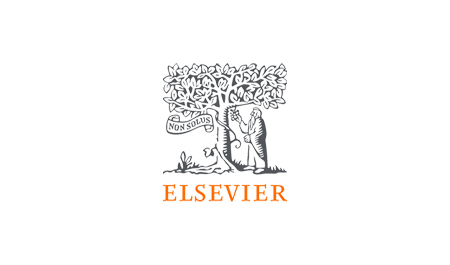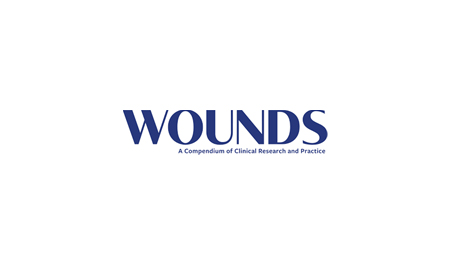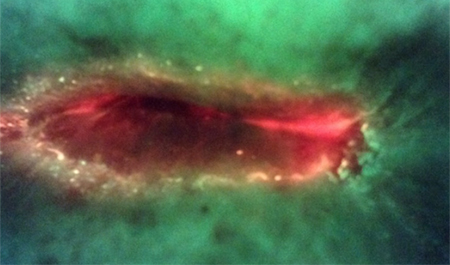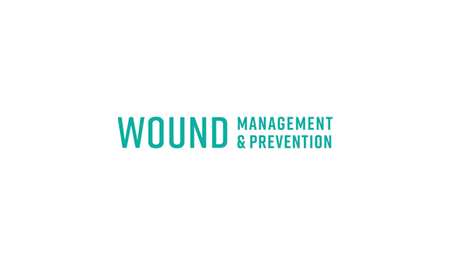Abstract
Objectives: Bacteria frequently impede wound healing and cause infection. Clinicians rely on clinical signs and symptoms (CSS) to assess for bacteria at the point-of-care and inform prescription of antibiotics and other antimicrobials. Yet, robust evidence suggests CSS has poor sensitivity for detection of problematic bacterial burden and infection, hindering antimicrobial stewardship (AMS) efforts. This study evaluated CSS based antimicrobial prescribing practices across 14 wound care centers.
Approach: Data was analyzed from the fluorescence assessment and guidance (FLAAG) trial (MolecuLight i:X), a study of 350 chronic wounds across 20 clinicians. Clinicians reviewed patient history and assessed for CSS using the International Wound Infection Institute infection checklist. Wounds with >3 criteria or any overwhelming symptom were considered CSS+. Bacterial levels were confirmed with quantitative tissue culture of wound biopsies.
Results: Antimicrobials (including dressings, topicals and systemic antibiotics) were prescribed at a similar rate for wounds identified as CSS+ (75.0%) and CSS- (72.8%, p=0.76). Antimicrobial dressings, the most frequently prescribed antimicrobial, were prescribed at a similar rate for CSS+ (83.3%) and CSS- (89.5%, p=0.27) wounds. In 33.3% of patients prescribed systemic antibiotics, no CSS were present. Prescribing patterns did not correlate with bacterial load.
Innovation: This study is the first to evaluate antimicrobial prescribing trends in a large, multi-site cohort of chronic wound patients.
Conclusion: Reliance on CSS to diagnose clinically significant bacterial burden in chronic wounds leads to the haphazard use of antimicrobials. Improved methods of identifying bacterial burden and infection are needed to enhance antimicrobial stewardship efforts in wound care.
Keywords: clinical signs and symptoms, antimicrobial stewardship, antimicrobial prescribing, elevated bacterial burden, chronic wounds, MolecuLight i:X, fluorescence imaging
















